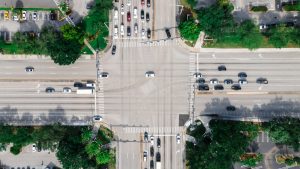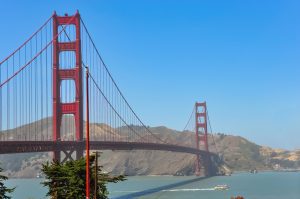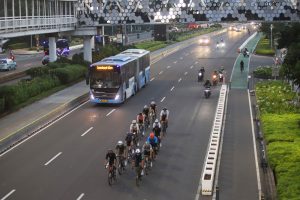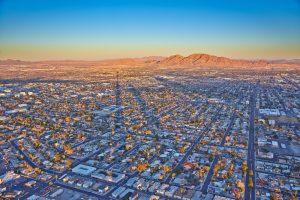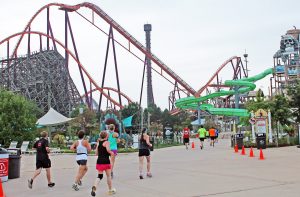Everyone has their own opinion about which day of the week is the busiest based on their experience, so let’s leave it up to technology and researchers to help us discover the real traffic stats.
TomTom Technology has many years of data on highway speeds, trip duration, and traffic heaviness.
It gave us the insights needed to comprehend, foresee, and curtail congestion. So, which day of the week has the worst traffic?
Friday takes the prize hands down. Looking back to 2020, the TomTom Technology data showed every month of the year with Friday, specifically between four and six pm, being at a standstill in many major cities across the world.

A major traffic city, which probably takes the cake for road chaos, Los Angeles, had a recent report showing Fridays as the worst day for them as well.
As data would have it, there are good and bad traffic days amid Southern California’s soul-crushing workweek commute.
Table of Contents
How do experts analyze road congestion?
According to a new crosstown team from the University of Southern California’s (USC) Annenberg School for Journalism, a typical Monday through Friday is the best time to travel across the Southland from Point A to Point B.
Data from the 405, 101, 5, 110, and 10 freeways were analyzed by Crosstown.
They separated Los Angeles County’s freeways into 18 distinct commuting routes for the morning and evening.
These portions of freeway between February and June 2018 were then evaluated for average speeds by hour of the day and then by weekdays.
As a result, they computed average speeds between 7 and 9 am and 5 and 7 pm throughout the peak of the morning and evening rush hour(s).
The best morning traffic, on the other hand, is on Friday and Monday. It’s true, even though it sounds like a contradiction.
Which day of the week has the worst commute?
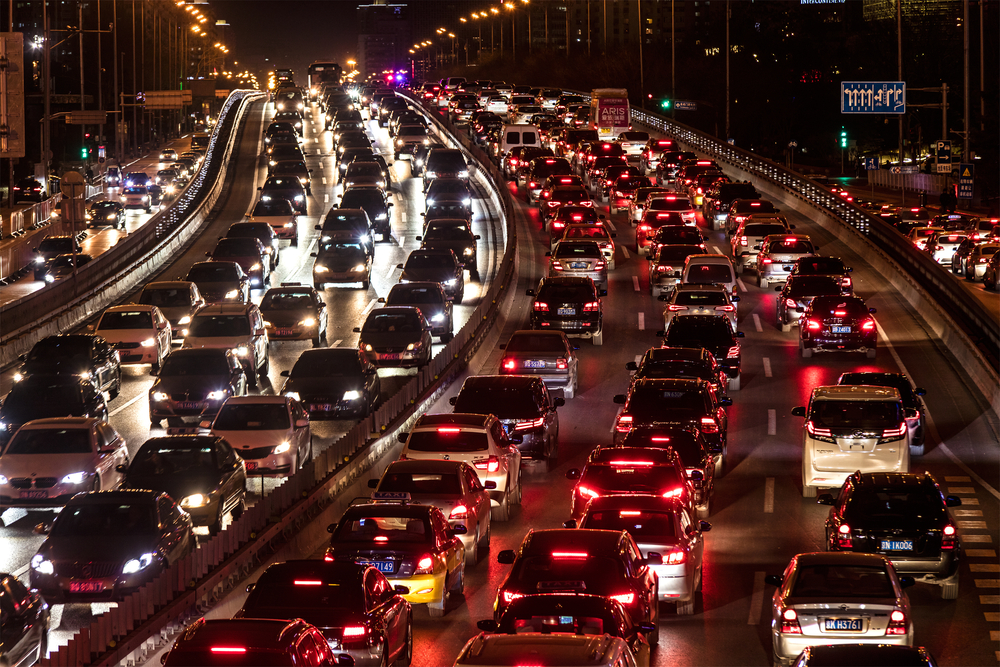
Good news for Monday and Friday morning commuters: The shortest trip times were found for 9 of the 18 motorway segments tested on those days.
Research suggests that fewer vehicles may be on the road during these times because many individuals work four-day weeks with long weekends or work remotely.
However, Thursday is the worst day for traffic, with Tuesday and Wednesday being the worst days for commuting.
As a general rule, anticipate the lengthiest commutes on most L.A. expressways during the midpoint of the week.
Which day has the worst evening traffic?
The survey found that Monday was the best day to commute home in the evening.
Monday afternoons to 5 and 7 pm were the best times for traffic flow on all 18 freeway segments.
On the other hand, Thursday has been the worst for after-work traffic, with Friday and Wednesday following in close second and third place.
On the 5 south in between 10 and 405, Friday night is the worst time to be on the roadway, with a typical car pace of 17.5 miles an hour.
According to TomTom Technology, LA traffic is gridlocked until 6 pm on Fridays.
In terms of traffic, they both acknowledge that Thursdays between the hours of 5 and 6 are just as bad as Fridays.
Is rush hour the same in every country?
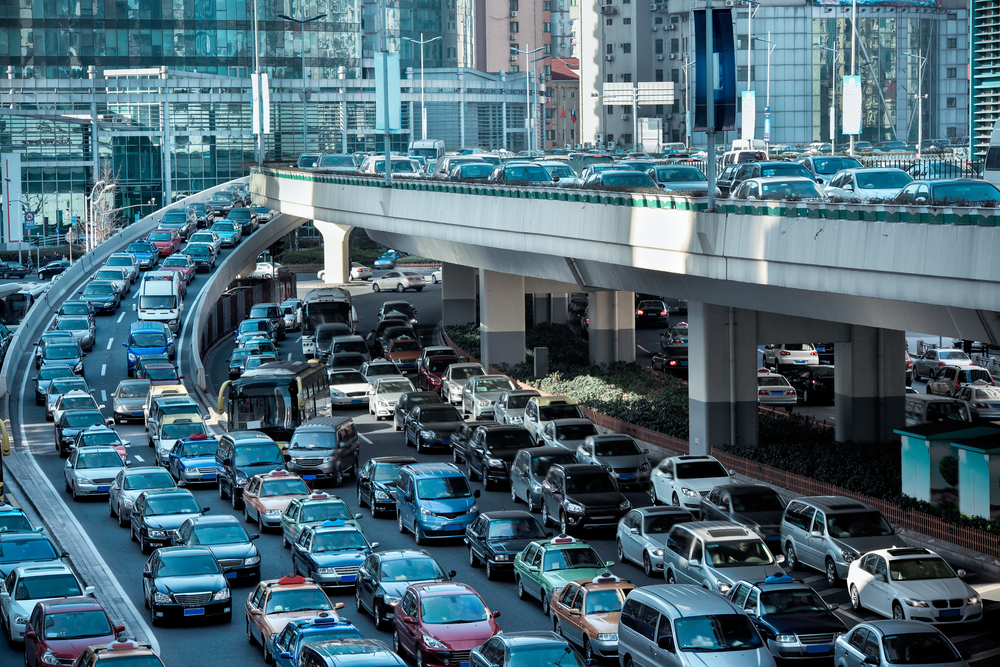
Rush hour is essentially the same around the world, except one hour. Early morning between 6 pm and 9 pm and late afternoon from 4 pm to 7 pm.
Every country, and sometimes even individual towns or states, devise methods for dealing with traffic.
For example, in Brazil, Colombia, and the Philippines automobiles ending in a specific license plate number are prohibited from using public roads.
To put it another way, every motorist has to take public transportation or carpool at least once a week.
High Occupancy Vehicle Lanes or carpool lanes are available in several states across the US, including Georgia.
There are a variety of incentives to encourage people to use public transportation in the Netherlands, the United Kingdom, and Singapore.
How does traffic affect motorists?
Motorists are affected by traffic in several ways. On any day of the week, it’s crucial to know how traffic affects drivers, regardless of whether you’re on the road or not.
Even if you don’t have a car, you can still be late for a meeting or school if you don’t plan ahead of time.
Traffic, on the other hand, can hurt your life in other ways, such as by increasing the number of car accidents.
Is there a link between heavy traffic and distracted drivers?
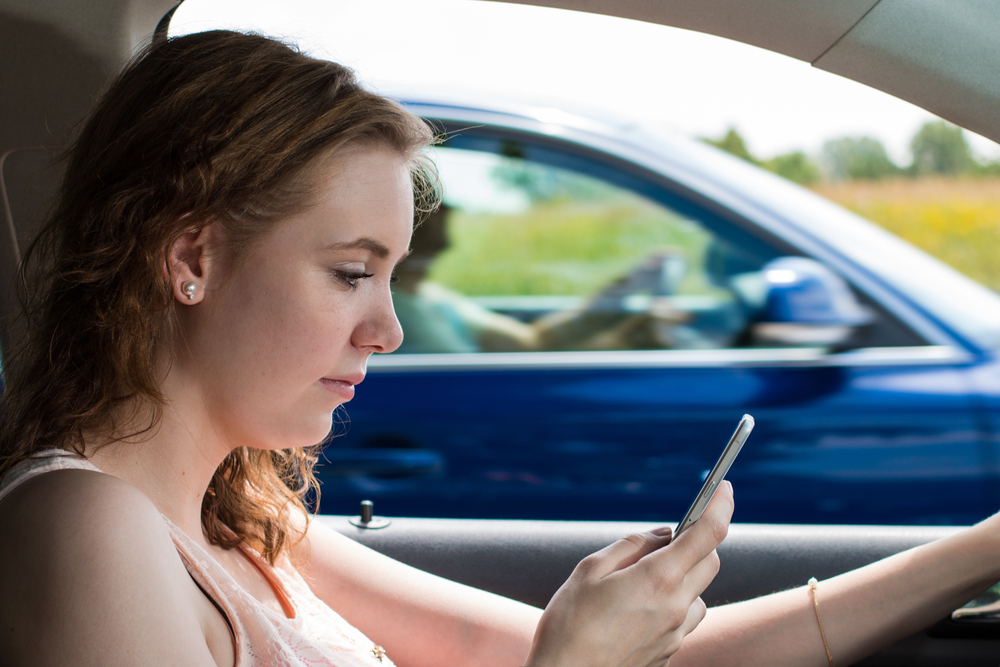
When you’re stuck in traffic that’s moving at a snail’s pace, multitasking is always a temptation.
You can catch up on email, social media, and even eat your breakfast during this period.
Distracted driving, even in sluggish or stop-and-go traffic, can lead to many accidents.
Distracted drivers frequently cause rear-end collisions because they fail to see brake lights or a car changing lanes in front of them.
These collisions, even at modest speeds, can still cause significant injuries and damage.
What is the relationship between congestion and aggressive driving and road rage?
Getting angry and irate are natural reactions for drivers who are late or snarled up in traffic.
As a result, drivers may engage in risky maneuvers including tailgating, blocking off other motorists, going too fast, or neglecting to give the right-of-way.
Road rage is an extreme kind of hostility that involves purposely endangering other drivers.
As a result of these actions, Los Angeles commuters are frequently involved in car accidents that result in catastrophic injuries.
Which day of the week sees the highest number of traffic accidents?

Tuesday is the safest day to drive, while Saturdays are the riskiest. An online legal referral and review service called Avvo reviewed data from the National Highway Traffic Safety Administration’s Fatality Analysis Reporting System during 2016 to see how many fatal car accidents occurred throughout the weekdays and at what time of day.
In 2016, there were 37,461 road deaths, and 6,802 of those happened on Saturday.
In comparison, there were 4,444 deaths on Tuesdays, when there are fewer crashes that result in fatalities.
Friday (5,826), as well as Sunday (5,809), were the second and third bloodiest days of the week, respectively.
When is the most dangerous time of day to drive?
The afternoon commute is riskier than the morning commute, according to a study.
Between 4 pm and 6:59 pm, 6,201 people were killed in traffic accidents in 2016. Deaths occurred at a rate that has been 85% greater than the 3,345 people who died between the hours of 7:01 and 9:59 am, the timeframe with the smallest number of mortalities.
The period from 7 pm to 9:59 pm was the second most dangerous, with 6,067 deaths.
What is the main reason for weekend accidents?
According to the National Highway Traffic Safety Administration (NHTSA), inebriated driving is a major contributor to fatal car accidents.
According to the National Highway Traffic Safety Administration, there were 10,497 people killed in alcohol-impaired driving accidents in 2016.
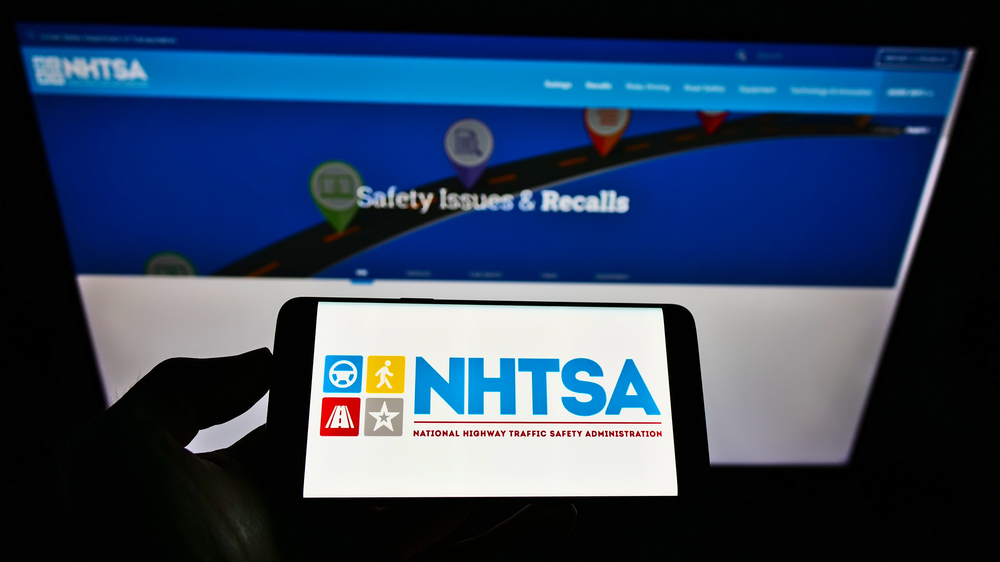
Driving under the influence is incredibly dangerous, so it’s no surprise that 28 percent of the 37,461 people killed in car accidents in 2016 had blood alcohol concentrations above .08 g/dl.
According to the National Highway Traffic Safety Administration (NHTSA), 29 people were killed in alcohol-impaired automobile accidents in the United States each day in 2016, or one victim per 50 minutes.
Weekends and nights are the worst times of the week for traffic deaths.
The NHTSA study found that the risk of alcohol-related fatal collisions was 3.3 times higher at night than during the day.
On weekends, 26% of all fatally injured drivers were under the influence of alcohol, as opposed to 14% during the week.
June (9.1 percent), July (9.0 percent), and October (9.0 percent) are the most dangerous months for DUI-related deaths.
What else contributes to weekend driving accidents?
Weekend accidents are exacerbated by a second major factor – speeding.
One of the most common causes of car accident-related deaths is driving too fast. According to the NHTSA, speeding was to blame for the deaths of 10,111 persons in 2016.
That accounts for 27% of all fatal accidents. Because speeding puts you, other motorists, and pedestrians at risk, the National Highway Traffic Safety Administration (NHTSA) considers it a kind of aggressive driving behavior.
What is the “third rush hour”?

A “third rush hour” is caused by the number of individuals spending their lunch period on the road in metropolitan and suburban locations.
These drivers frequently visit dining establishments, which can lead to traffic jams because of the large number of vehicles on the road during such a short period of time.
The afternoon traffic hour is exacerbated by active retirees who use their cars to attend a variety of lunchtime activities.
School buses and kiss-and-ride traffic can cause additional congestion in areas with a big school-age population following lunch, but ahead of the late afternoon rush hour.
What is the other “third rush hour”?
The term “third rush hour” can also be used to refer to the late-night congestion of people returning to their homes after nights out at eateries, pubs, lounges, casinos, performances, amusement parks, cinemas, and sports games, notably on Thursdays through Saturdays.
Extraordinary events such as sporting tournaments, festivals, or religious ceremonies might cause additional congestion at other hours (like evenings and weekends).
Congestion can come about because of a traffic accident, construction work, long vacation weekends, or poor weather.



